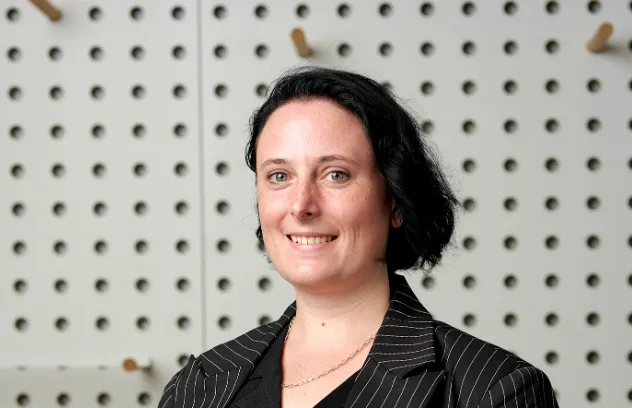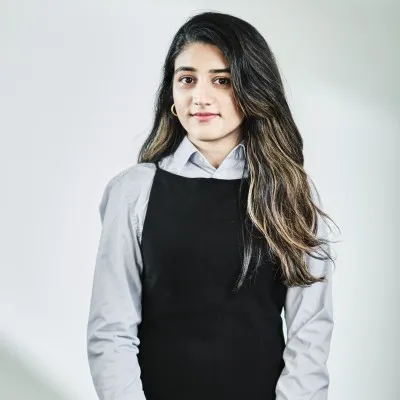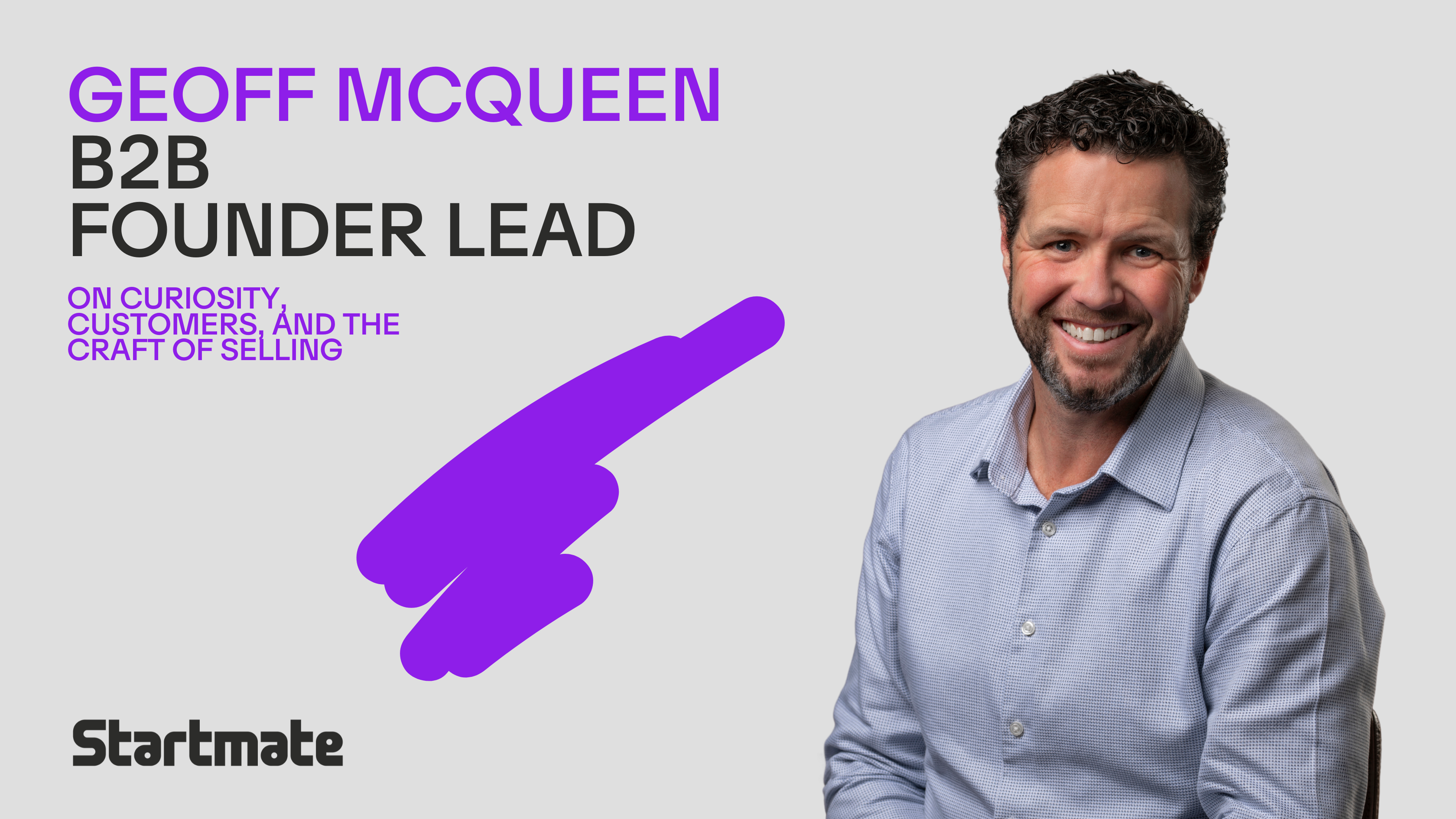IKEA had a problem: many of their customers had no experience in assembling furniture, a task that requires a high degree of precision and patience. Ikea had to find a solution that allowed anyone to put furniture together – the difference between a Phillips and a Pozidriv be damned. They achieved this through their visual aids. Without using a single word, these aids explain everything you need to know about furniture assembly. They transcend language, age, and literacy – making the act of putting together complex furniture truly accessible. They changed the way furniture manufacturers provided instructions to customers for the rest of time and with the single stroke of a pen, became one of the most iconic global companies of our generation.
You may not know this, but Healthcare providers have a massive Ikea problem. Most patients have little to no medical knowledge, yet they are responsible for managing their condition and administering medication post-discharge. About 50% of patients have medication errors including misunderstandings and omissions in indication, dose, or frequency. When the inability to tell a vesical and a vesicle apart can lead to adverse events or harm, there is a need for aids that transcend levels of literacy and language. Chris Pymble, founder of Graphics et al., is working to solve this problem the same way Ikea did – using simple, but powerful, visual aids.

Back to the drawing board
As a graphic artist and product developer, Chris condensed pages and pages of technical specifications from governments intro simple illustrations to lead manufacturing teams all over the world. Then, her husband had a serious work accident.
“He would be out of surgeries and under the influence of really heavy painkillers when he would be handed booklets with information on how to change his dressing or take his medication. It was extremely difficult because he couldn’t understand the materials he was being given and it actually resulted in an issue with his medications”, Chris shared. Given her prior experience, she was baffled that this method of patient education and communication was still the norm in the healthcare setting. Reflecting on the issue, she remarked “At some point, everyone will be a patient, and yet this struggle is considered acceptable.”
This prompted the initial idea for Graphics et al. - a bespoke studio that made simple graphics for clients. “I assembled a great team, came up with a name that made people chuckle, printed 2000 business cards and was ready to go”, Chris said about the early days. However, she soon realised that she needed a different kind of business to address the problem. Continuing, she shared, “I reached out to a medical school professor I knew to see if she wanted some content for her medicine concepts and she just laughed. She explained that almost no one in the field could afford $10,000 illustrations for a single concept. This was a sharp dose of reality as to why the problem had never been solved before.”
Evidence suggests that visual aids make learning simpler and faster. However, the process of creating visual aids is technically challenging, time-consuming and expensive. While tools like Canva have tried to resolve this, quality and accuracy remain issues in the scientific and medical fields. Determined to provide a tailored solution, the Graphics et al. team of artists and medical researchers started working on a library of over 15,000 assets and templates that could be used by folks across this field.
Time crunches and graphic solutions
In Australia, about 44% of adults read at a literacy level of a 7 to 14 year old. So, when a patient is given information about their pacemaker, insulin regimen, or kidney disease, this needs to be simple and accessible. However, Chris points out that almost all health content in the world is written by individuals with a university education. “For someone who has done ten years of university, a high level of literacy is almost instinctual”, she noted. Even in instances where there is consensus amongst doctors and hospital staff that visual aids would make healthcare communication easier, time remains a challenge to adoption.
“Our healthcare staff are so overburdened that they are working on negative time. The brutal truth is that even if a process is going to make something easier but takes five to ten minutes longer, it can’t be done. A challenge for us has been to look at how we can actively reduce the time burden in the healthcare system”, Chris said. One of the ways that Chris and her team are doing this is by looking for ways to integrate visual aids into existing workflows. For example, instead of typing out a comprehensive discharge summary, the hospital admin could simply drop in a pre-made, branded and approved template, add in patient-specific details, and have it ready to go.
“By free designing and having pre-approved templates for staff to choose from, we reduce the time it takes to create visual aids from 15-20 minutes to 20-30 seconds. This also removes the more technical challenges staff may have with creating aids such as visual appeal, accuracy, and branding guideline compliance”, said Chris.
The team is now working on integrating AI with their offering. Users will be able to upload notes or PDFs into the software which in turn will pull out the most relevant information and create low-literacy visual aids in branded templates. “Automation has always been a priority for us because we want our users to spend as little time on our platform as possible. We will be taking that further and allowing integration to existing patient management systems and AI scribe tools, allowing for a truly interoperable solution.
The care and detail Chris and Graphics et al. have put into creating this solution is garnering recognition within the scientific and healthcare community. The start-up is now onboarding enterprise clients, growing their user base from hundreds to thousands.
Sketching the future
Chris applied to Startmate’s accelerator program three times before being accepted. For her this was the last integral piece to getting Graphics et al. the traction it needed. Commenting on her experience she said, “The support of the Startmate network has been amazing. In the last few weeks, with the support of the network I have been able to resolve some pressing internal issues where I needed advice. Everyone has been generous with their time.”
As she progresses through the Accelerator program, Chris is focused on building awareness about the issue Graphics et al. is solving. “Most people agree that low levels of health literacy and complex communication are issues, but they don’t realize it until it has been pointed out to them. I want to create more awareness about this to build consensus and support for the issues we are resolving”, she elaborated.
The team has some big projects underway, from building their pilot program with the NHS to enter the UK market to preparing for Demo Day. In the long-term they want to step into blind and low-vision support, 3D, and XR assembling solutions that ensure no patient is left behind or feels scared.
Emphasizing her vision, Chris said “Healthcare is the most important thing we have to deal with in our lives. Everyone deserves to understand their healthcare.”






.png)

